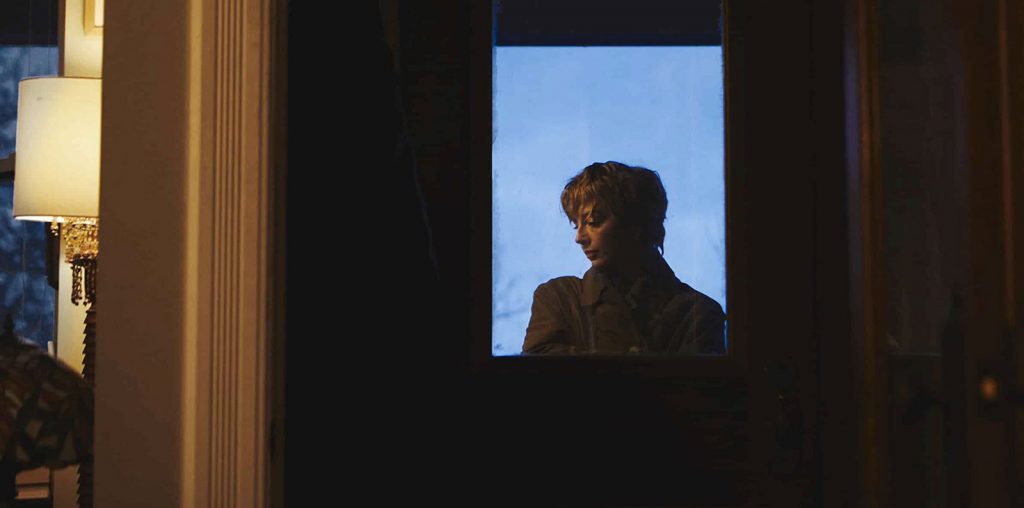
Ah, hate propaganda. From the linguistic alarmism of “Bilingual Today, French Tomorrow!” to the subtle nuances of “The Dukhobor Menace,” Canada has produced a unique brand of mild, but broad-based bigoted tripe. That this new French-Canadian film was financed partly by the Federal government seems not to have deterred the makers from crossing the line from civilized political debate into crass anti-English racism. Falardeau probably wishes Osama had blown up the CN Tower instead.
It’s the story of the aftermath of the French-Canadian Patriot rebellion of 1837. Left out of the American revolution, without democratic institutions and fearful for the future of their culture, some Quebeckers rose against the Brits to be quickly crushed and arrested (french clergy and aristocracy sided with power, as usual). The rebellion led to democratic reforms and eventually influenced the Canadian political structure, though you’d be hard-pressed to get separatists to admit that.
Lazily, this story takes place entirely in prison, involving long contemplative shots of ham actors raising one eyebrow to the wind as they await execution. Any ten minutes from the last half of “Dancer in the Dark” packs more drama and tension than Falardeau’s entire career. Not much really happens, except those staples of death-row fare: the wife’s visit, the last meal, etc.
It’s typical of French-Canadian historical propaganda to include the following scene:
Wife: Please, say you’ll apologize, renounce your cause! ^ Man: No, the cause is too great. ^ Wife: You and your cause! What about love? What about life? ^ Man: Ah, women. ^ Wife: Oooh…. (faints).
So, of course, this film is no exception. But the cinematic cheapness of this trick is that it spares the male character the dramatic decision, for instance, whether his last glance will be to the flag or to his loved one, whether he will shout “Vive la liberte!” or “Marie!” just as the hatch pops open. Instead, he takes his lumps like a man, surrounded by men, and zealots are spared the painful truth about violence.
Compare this with the typical American freedom film, like, say, “Red Dawn.” The women fight side by side, or at least make sandwiches for the revolution or sew flags or something.
There are no less than three monologues in “Feb 15,1839” beginning with, “You don’t hate the English enough!,” one of which advocates the killing of English children. All the British in this film are dolts and psychos, and the fact that the mostly-english press screening audience giggled at the anti-english caricatures (if you call trumpeting polemical moronics a caricature) proves just how media-unsavvy an audience can be. One example of the writer’s laziness in whipping up bigotry: a French prisoner starts mocking his english guard, using loud, foul language and rude hand gestures, nearly spitting in the guard’s face. The guard shakes his head and smiles, “What’s he saying?” Har har. But the english audience giggled like gleeful children, so maybe the film’s right. We are idiots. We funded this film.
Perhaps Falardeau should have looked into the Upper-Canada Rebellion, also in 1838, to see how in tune many English-Canadians were with Patriot complaints about Britain. Meanwhile, I want my tax money back.

